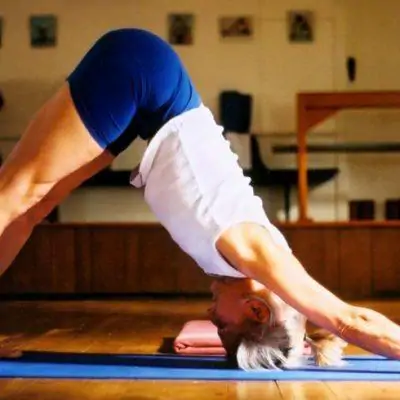Introduction
This session employs shorter durations for poses, allowing for the inclusion of a few less commonly practiced postures within the sequence. There’s a focus on Padmasana in some parts, but if you prefer to skip it, simply repeat the pose just before it and hold it for an additional 30-45 seconds.
Using shorter timings (anything under 30 seconds) can add an intriguing dynamic to the session. While we stay within the realm of forward bends for most of the session, the essence lies in the flow between postures rather than in each individual pose. Through the use of fast transitions, the sequence acquires a consistent feel and rhythm. This continuity helps lead us into a state of quiet focus that forward bends often bring.
We will start in Supta Virasana and then go to Adho Mukha Svanasana. We continue into Full Arm Balance, leading with a different leg each time, and Pincha Mayurasana, palms against the wall to help take the shoulder blades deep in.
Two standing forward bends: Parsvottanasana with the arms in Gomukhasana and Prasarita Padottanasana 2. These help to prepare the neck and shoulders for Sirsasana and keep us grounded in the legs.
And now to the seated forward bends. Starting in Janu Sirsasana change to Ardha Baddha Padma Paschimottanasana, Triangmukaikapada Paschimottanasana, Marichyasana 1 and 2, Paschimottanasana, Upavistha Konasana, Kurmasana with arms back, Baddha Konasana going forward and Malasana 2. To release the back we go to Bharadvajasana 1, full pose, Marichyasana 3, Ardha Matsyendrasana 1 and 2.
Sarvangasana follows to bring balance after Sirsasana, and to open the front body after the twistings. Finish with simple cross-legs forward, and then Savasana to savour the experience of coming to neutrality in the body, with the mind often already still.
View sequence

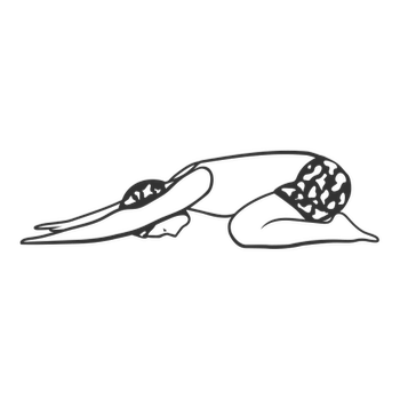
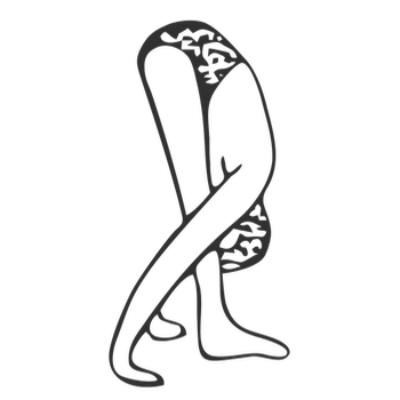
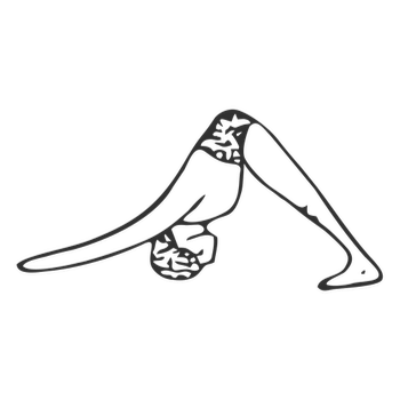


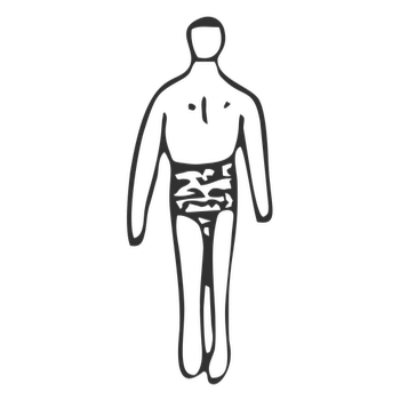
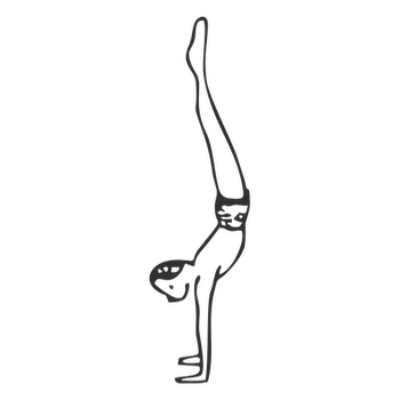



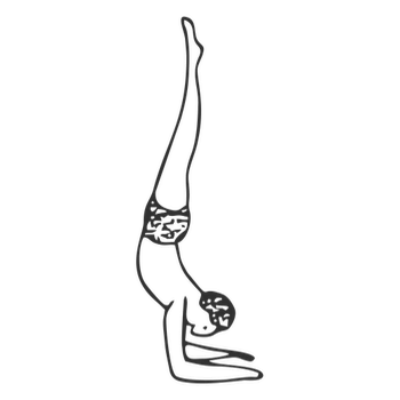

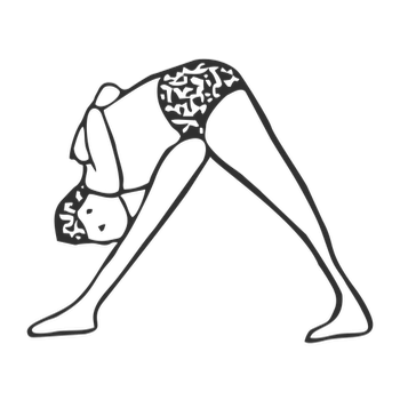
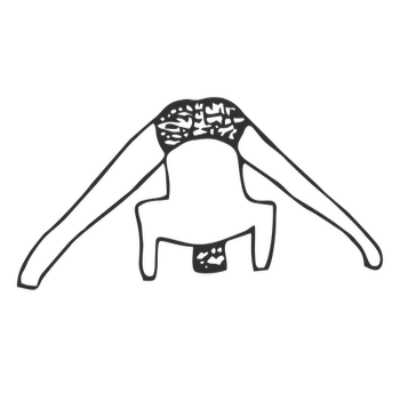
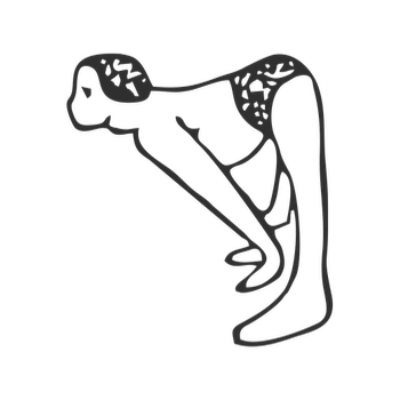


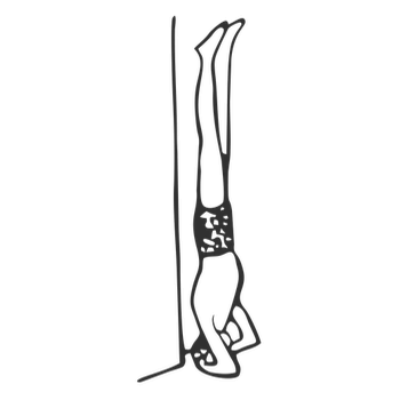
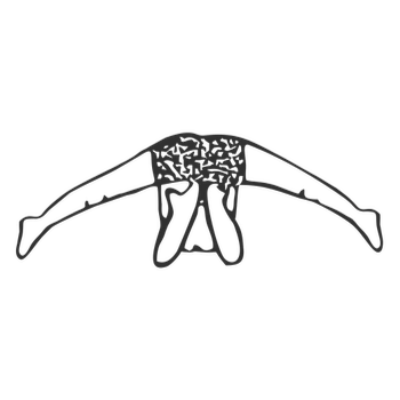

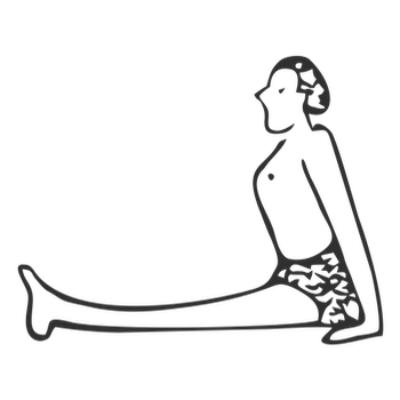
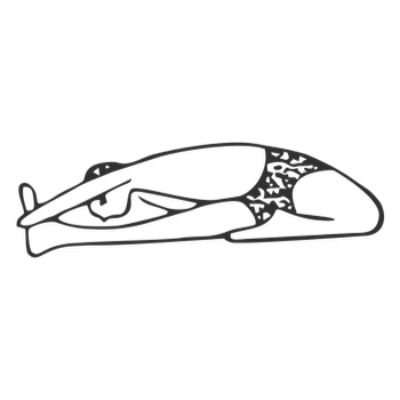
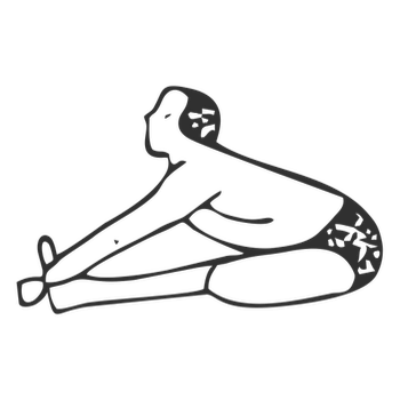

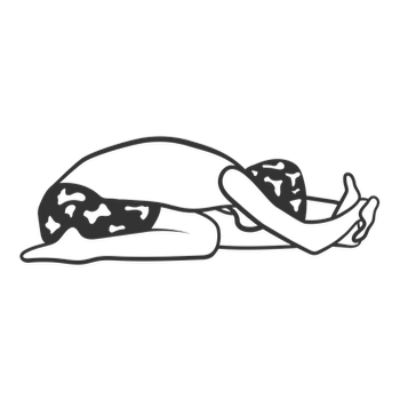


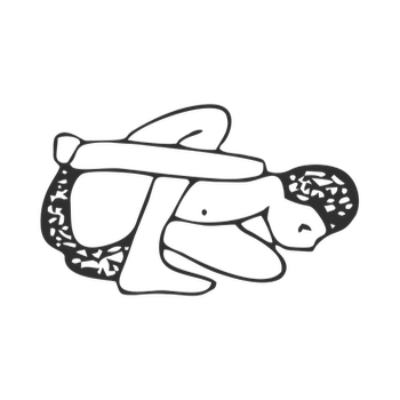

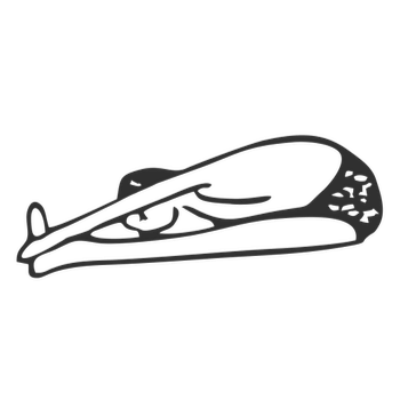
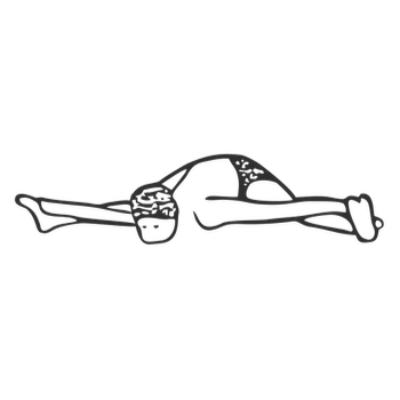
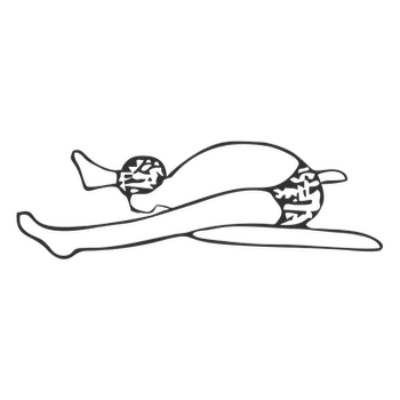

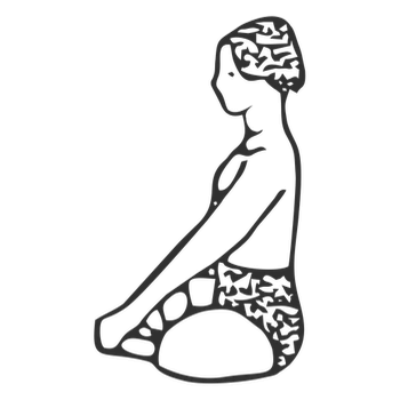

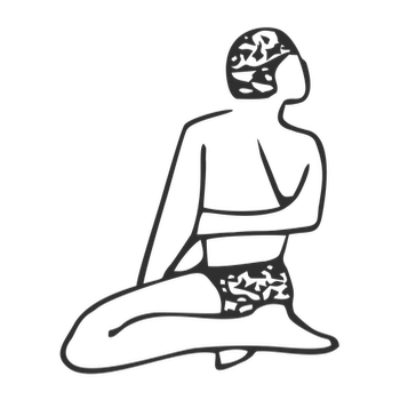
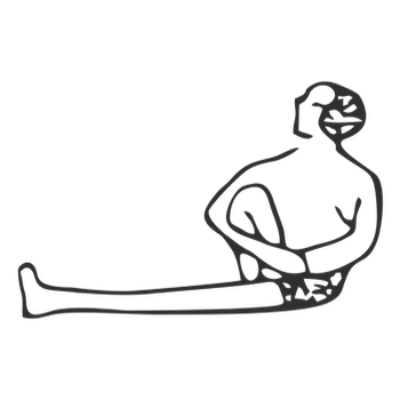
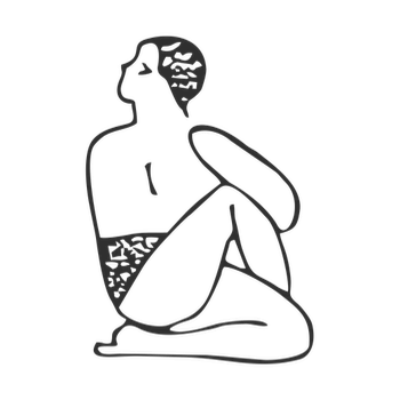

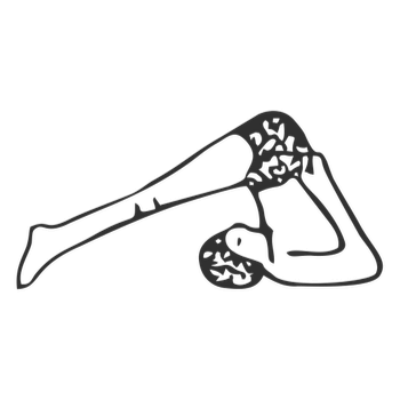
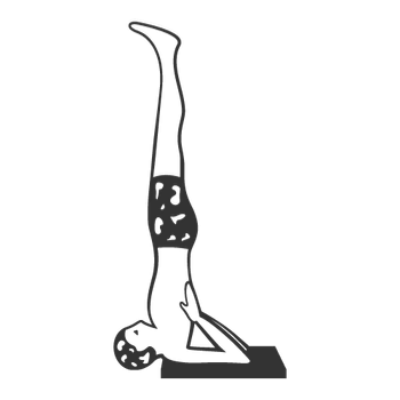
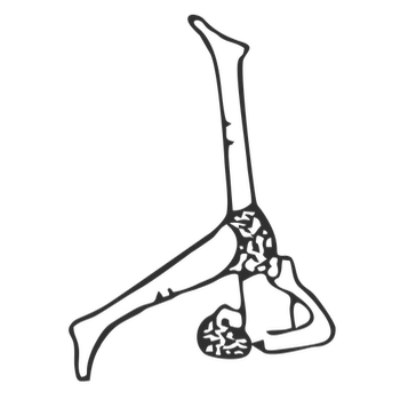

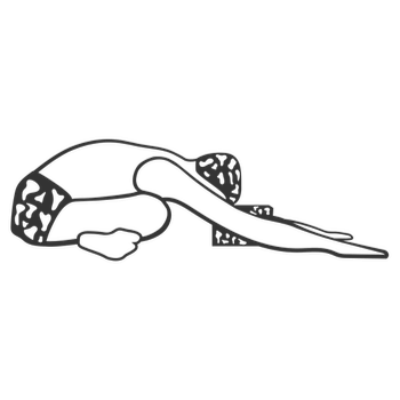
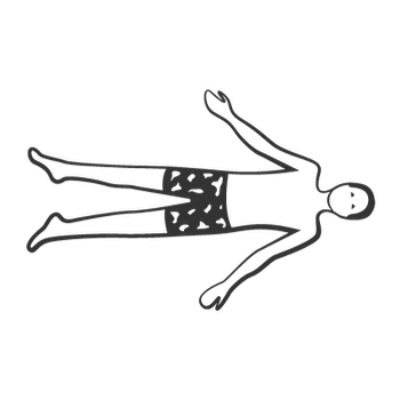
Share
Save PDF and print
You are welcome to download the PDF of the sequence and print and distribute it freely. You may have to wait up to 30 seconds for the PDF to generate. Please credit the teacher who created it. All illustrations from Dona Holleman’s ‘Yoga Darśana’, RIMYI Institute texts and Yoga Vastu illustrators for original asana drawings.
